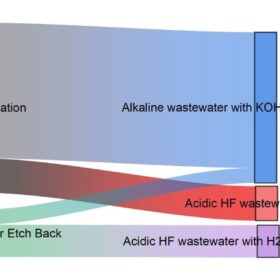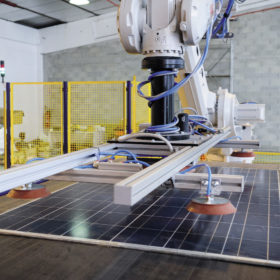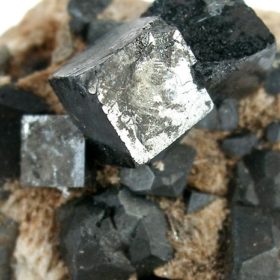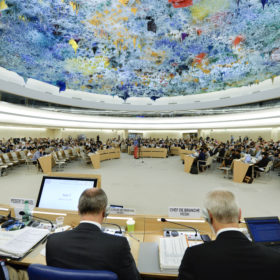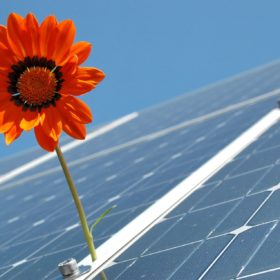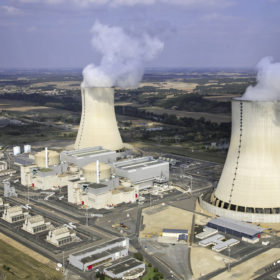New water circulation tech promises lower PERC solar cell manufacturing costs
A German team developed models to illustrate water-saving potential in PERC silicon solar cell manufacturing based on a circular approach and commercially available technology. In the case of a 5 GW fab, water savings of up to 79% and wastewater discharge reductions up to 84% could be achieved, a “significant” improvement compared to a reference scenario.
Recycling key to solar sustainability
A new study of the environmental impacts of renewable energy finds significant opportunities for solar to reduce its impacts in various categories, including human health, resource depletion, and environmental damage. The study notes in particular that more work is needed to establish a comprehensive reuse and recycling network for end-of-life PV products.
Bifacial perovskite solar cells may become more eco friendly than crystalline ones
A US study has suggested the raised energy yield of bifacial perovskite devices effectively means they could have a lower environmental impact than conventional crystalline cells. The researchers considered single-junction cells with high and low bandgaps and similar, multi-junction devices with two and four-terminal structures.
Business & Human Rights Resource Centre investigates human rights issues in solar, wind
An assessment of the human rights performance of the world’s leading solar and wind power companies has painted a grim state of affairs, with the only dedicated solar manufacturer analyzed scoring 7%.
South Korea introduces carbon footprint rules for solar modules
The regulations will come into force on June 15 and will entail panel carbon footprints being calculated according to life cycle assessments of their environmental impacts according to the KS I ISO 14040 Korean standard.
New method for life cycle assessment of PV technologies
Researchers in Australia have conducted a ‘cradle to grave’ life cycle assessment (LCA) of the four most widely used PV technologies. The academics say that cadmium telluride solar modules have the lowest life cycle impact, followed by amorphous, multi and monocrystalline silicon products.
The weekend read: Playing by the carbon footprint rules
Developers and manufacturers looking to enter France’s utility-scale segment must deal with controversial rules which prioritize projects relying on low-carbon emission modules. But what makes a low-emission module? Clearly ones that are made in France or elsewhere in Europe, according to market data. But despite clearly increasing project costs, the rules do not seem to be an obstacle for the planned gigawatt-scale growth of solar in the country over the coming years.
